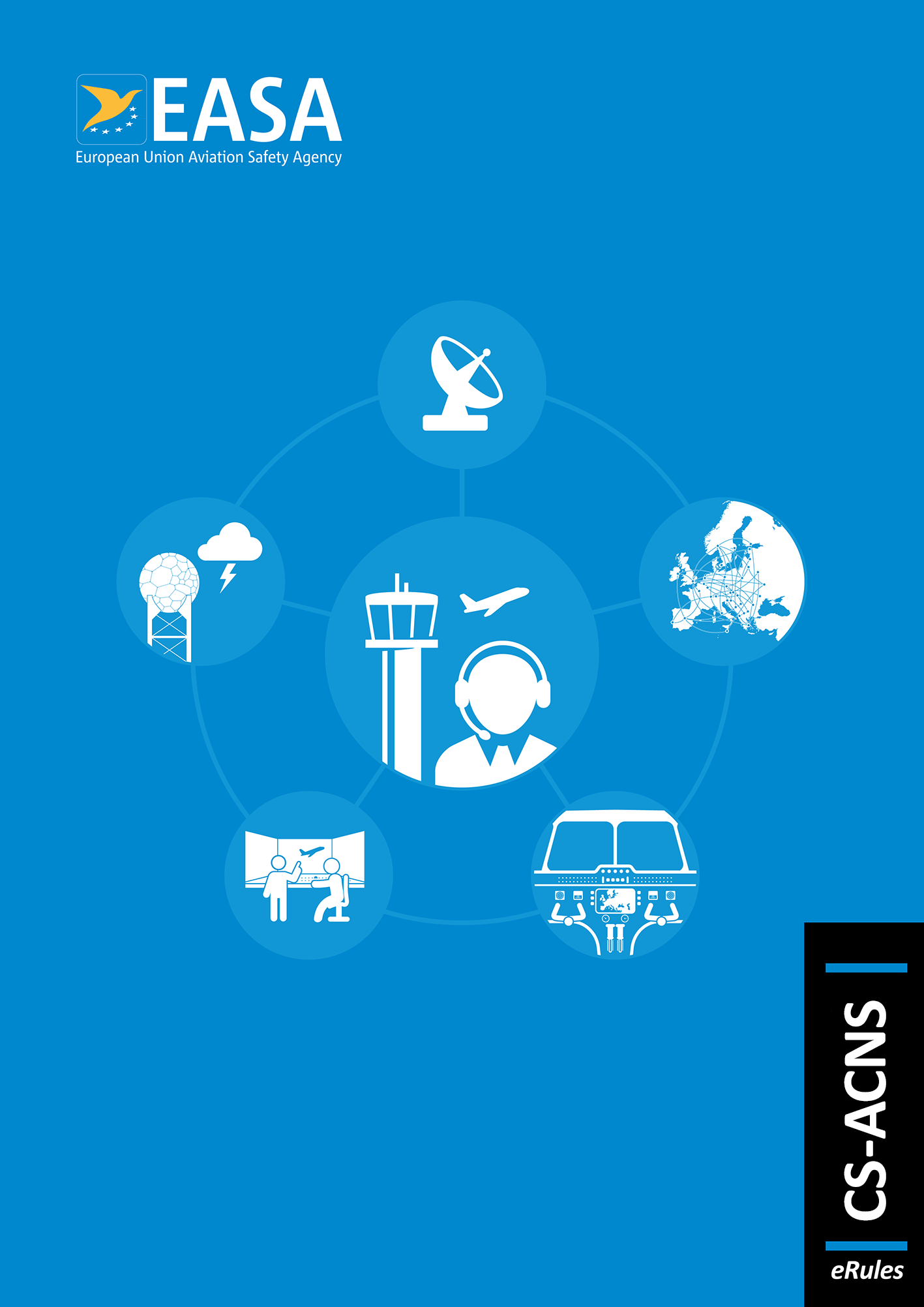CS ACNS.B.DLS.B1.001 Applicability
ED Decision 2013/031/R
(See GM1 ACNS.B.DLS.B1.001)
This section provides the airworthiness standard for ATN B1 with VDL Mode 2 data link aircraft systems to be installed on aircraft intended to be used for CPDLC Communications.
GM1 ACNS.B.DLS.B1.001 Applicability
ED Decision 2022/008/R
Controller–pilot communications through the data link are used worldwide. Different technologies may be used, and CS ACNS.B.DLS.B1.001 is intended to provide the airworthiness standard for such installations. Additionally, controller–pilot communications over the ATN B1 data link technology have been mandated in Europe through Regulation (EC) No 29/2009. Installations intended to operate within EU airspace, defined in the above-mentioned Regulation, should fully comply with all the requirements of the ‘DATA LINK SERVICES’ section.
Installations not intended to operate within EU airspace are not required to comply with the above‑mentioned Regulation.
Note 1: CS ACNS.B.DLS.B1.010 and CS ACNS.B.DLS.B1.015 are also applicable for CPDLC installations where, in addition to ATN B1 over VDL M2, other means of communication and other services are also provided.
Note 2: further background information on data link systems is provided in Appendix B – Background information on data link systems.
[Issue: CS-ACNS/4]
CS ACNS.B.DLS.B1.005 Installation Requirements
ED Decision 2013/031/R
(See AMC1 ACNS.B.DLS.B1.005)
The data link system includes a means to enable data communication and flight deck annunciations and controls.
GM1 ACNS.B.DLS.B1.005 Data Link System Installation
ED Decision 2013/031/R
An example of installation may be a system comprising the following components or inputs:
— A VHF Data Radio (VDR) with Mode 2 capability and its associated antenna.
— A Unit for Communication Management with Mode 2 and ATN capabilities
— A display unit with means for crew to be notified of ATS Requests and Clearances, and issue downlink crew requests to controllers or responses to outstanding messages (from controllers).
— An adequate source for UTC time e.g. a Global Navigation Satellite System (GNSS).
— An adequate source for conducted flight plan information (Departure Airport, Destination Airport, Estimated Time of Arrival) e.g. Flight Management System (FMS)
— An adequate source of aeroplane position e.g. Flight Management System (FMS), or a Global Navigation Satellite System (GNSS) or both
— An adequate source for Air/Ground Status information e.g. an interface with the landing gear or Flight Management System (FMS) or both
— An adequate aural attention getter for announcements.
— Adequate indication means of system and service availability.
— Adequate control means for the crew.
